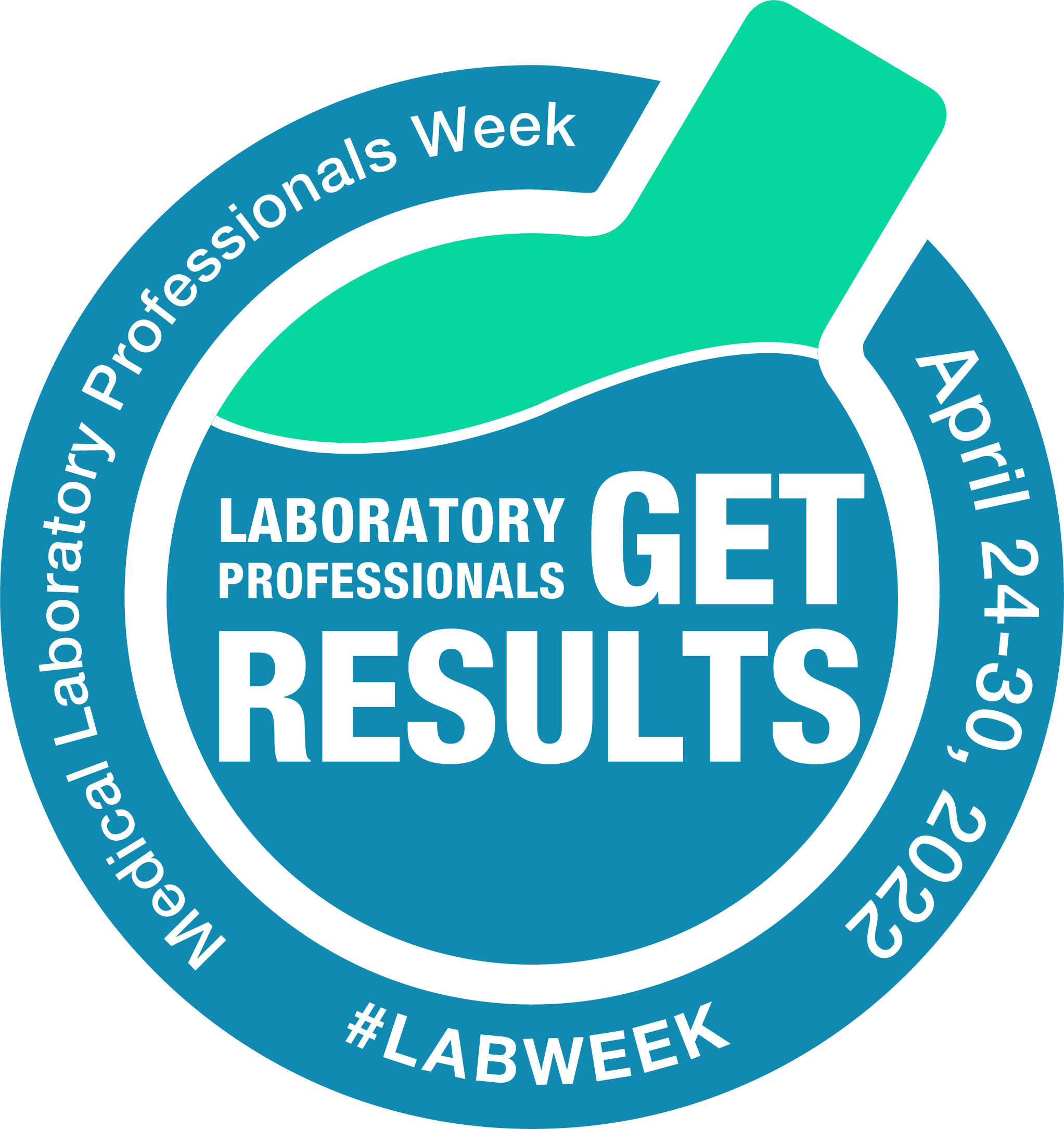By Amy Null, MBA, MT (ASCP), SBB, Associate Director, Standards Interpretation Group, and Surveyor
Many labs feel confident about undergoing a survey because they’ve experienced the College of American Pathologist (CAP) surveys in the past. While it’s a helpful experience, there are some significant differences.
For one, Joint Commission’s standards are much less prescriptive than CAP. Joint Commission standards are written in a more general way to allow organizations the ability to meet the intent of the standard in a way that works for their organization. There are other significant differences in terminology. For instance, when Joint Commission surveyors use the term “laboratory director,” they are referring to the medical director listed on the Clinical Laboratory Improvement Amendments (CLIA) license, as that is the term used by CLIA.
The Joint Commission surveys to CLIA as a minimum, however, we can and do have more stringent standards and EPs in some instances. State laws may also be stricter than either Joint Commission standards or CLIA regulations. The Joint Commission always surveys to the most stringent regulations/requirements.
The Joint Commission does not require that each accredited laboratory complete an inspection of a peer laboratory as our surveyors are trained professionals employed by The Joint Commission. All surveyors have a master’s degree at minimum and have worked in at least three technical specialty areas of laboratory medicine with hands-on laboratory management experience. Our smaller accredited laboratories without a large number of staff appreciate this as it is difficult to send multiple staff members to perform peer surveys and still be able to staff the laboratory.
The Joint Commission surveys additional processes than CAP, including:
- non-technical human resources competency assessment (required every other year)
- tissue storage
- therapeutic phlebotomy
Resources for Accredited Labs
Findings do happen and that doesn’t mean it’s a “bad” laboratory. Look at findings as an opportunity for improvement. It’s not productive to count findings. The Joint Commission developed its SAFER Matrix to offer accredited organizations a visual mechanism for understanding their findings relative to risk and scope.
Preparation and partnership are the keys to a great survey. I’m always energized when organizations are excited to show off their lab!
Amy Null is an Associate Director in the Department of Standards Interpretation for the Laboratory Accreditation Program. She also surveys for the laboratory program one week a month. Prior to joining The Joint Commission, Ms. Null was the System Director of Laboratory Services at Mount Carmel Health System, a member of Trinity Health, in Columbus, Ohio for eight years. She previously held multiple positions within the Mount Carmel Health System, including as a Six Sigma Black Belt Project Manager and as the Operations Manager for the core laboratory.




